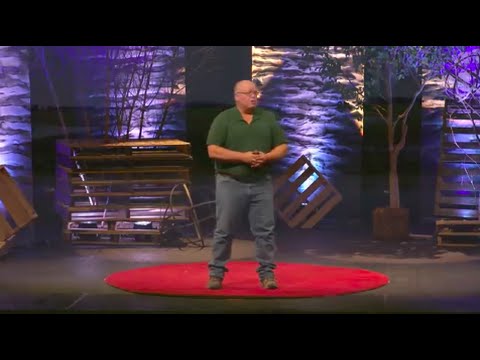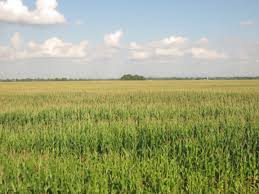Dear Friends,
In early March, we released a peer-reviewed study that challenges many of our preconceptions about how we manage our food production systems (https://peerj.com/articles/4428/) . Throughout the Northern Plains, we compared regenerative corn fields versus conventional cornfields in terms of pest management, soil quality, yields and profit. Regenerative agriculture focuses on building soil health and fostering biodiversity while producing nutrient dense food profitably. Conventional cornfields were more input-focused and monoculture based, as is practiced on much of the crop ground in the US. Frankly, I believe that this study is the answer to the bee problem, and many others.
Key results:
-Insecticide treated cornfields had 10 times more insect pests than regenerative fields that replaced insecticides with plant diversity
-Regenerative cornfields were nearly twice as profitable as conventional cornfields, even though yields were reduced by 29% in the regenerative fields.
-Profit was correlated with the organic matter of the soil, not corn yields.
If this topic is of interest, here are two TEDx talks on regenerative agriculture that may be of interest to you.
In one day, this paper rose to the top 1% of all papers ever written in terms of its social media impact.
It is on fire right now, but traditional media has not covered it yet. I hope we can get the word out to as many farmers, beekeepers, and consumers as possible about this.
Sincerely,
Jonathan Lundgren, PhD
Agroecologist & Entomologist
Ecdysis Foundation: Blue Dasher Farm Initiative










